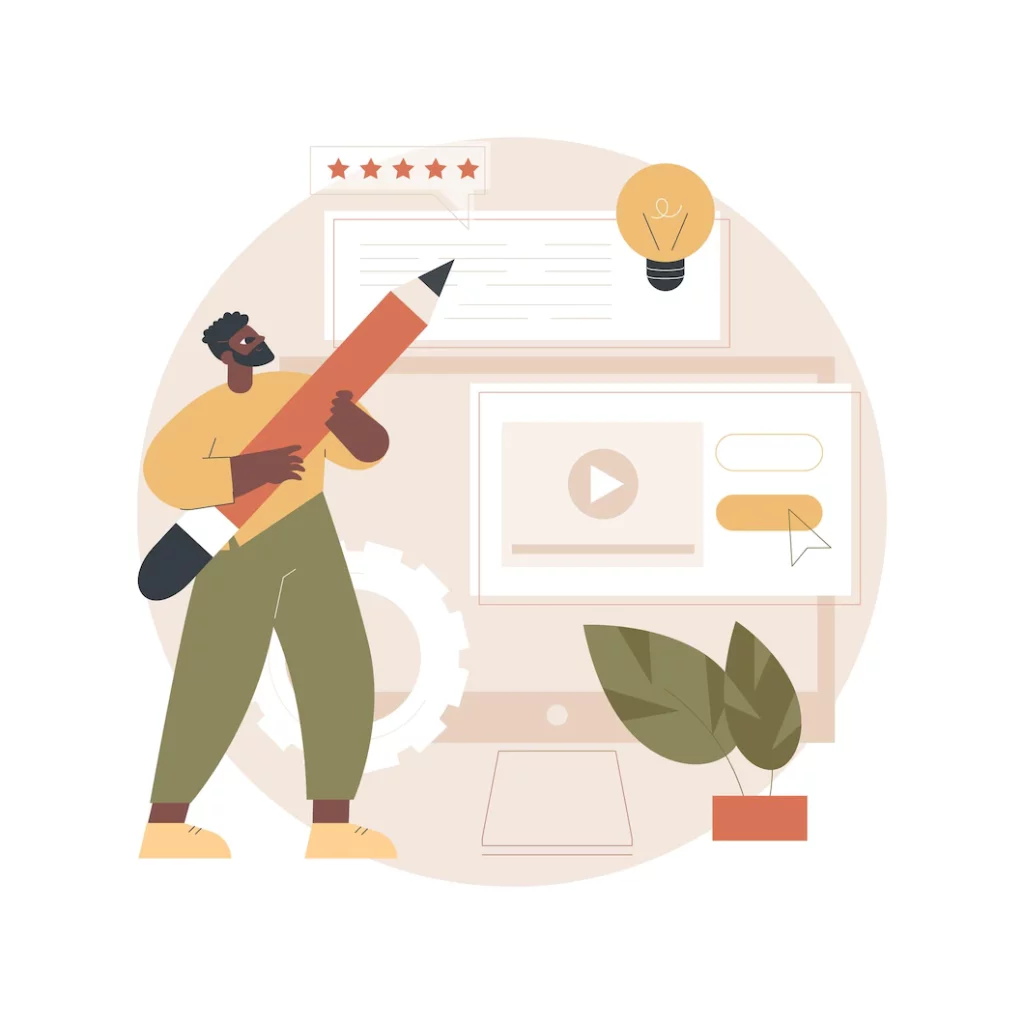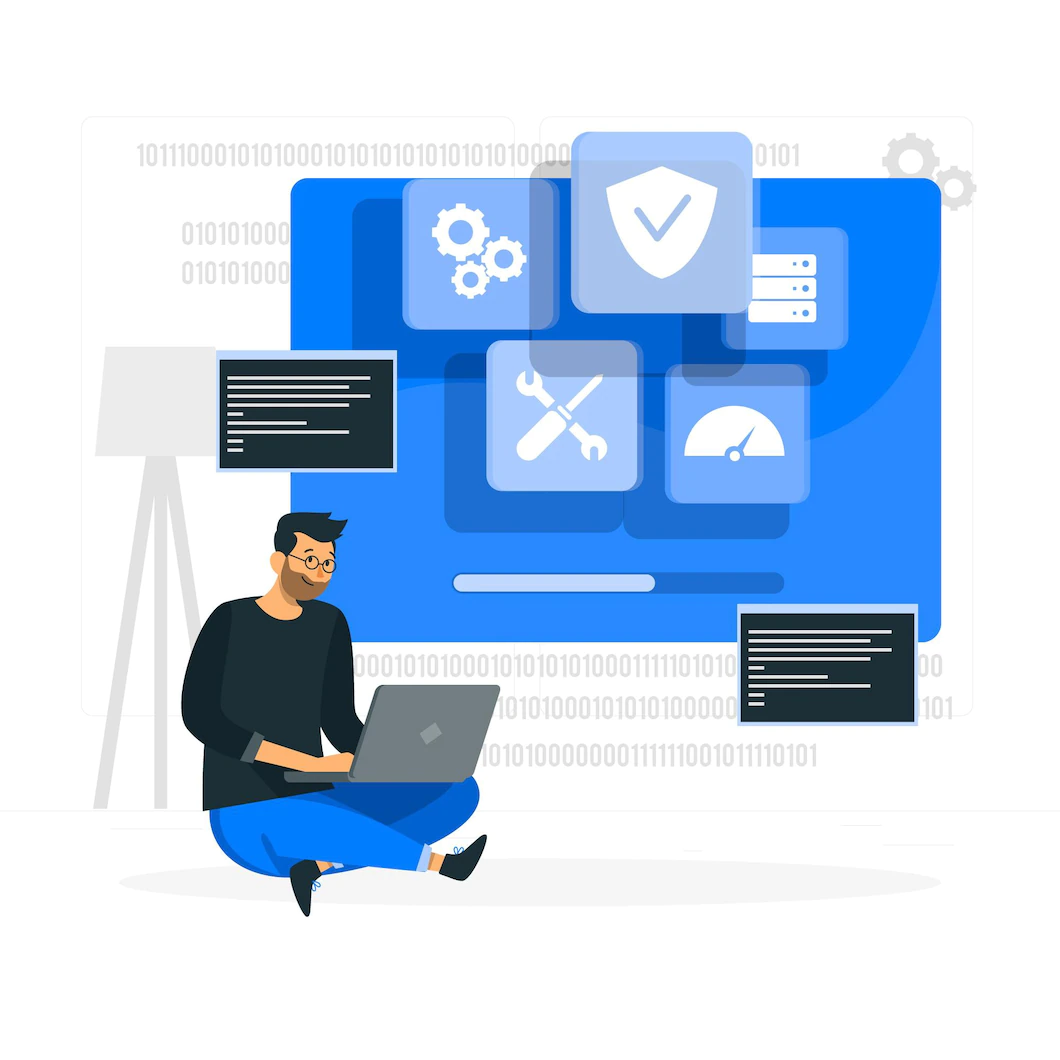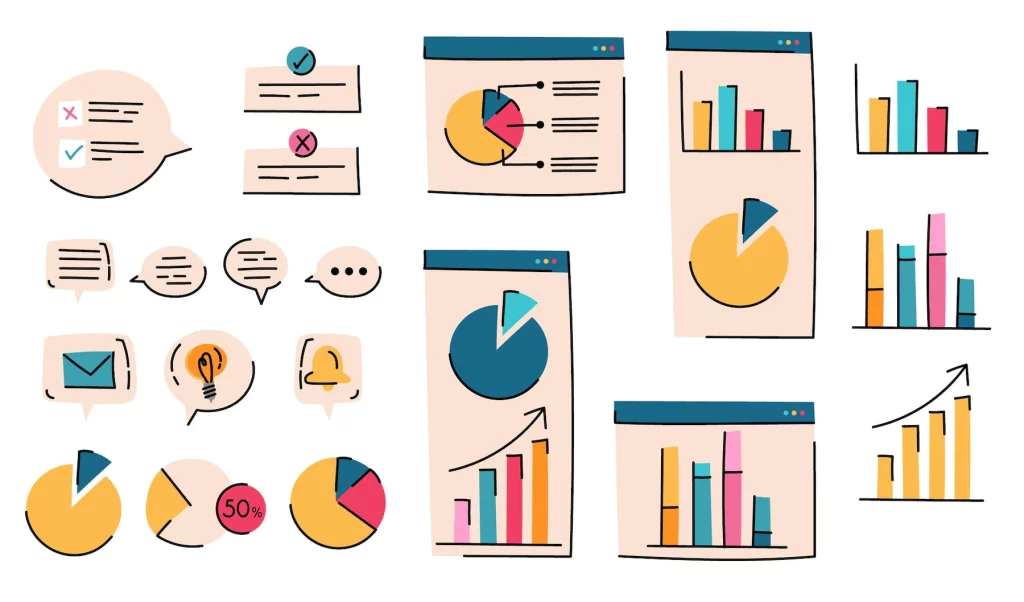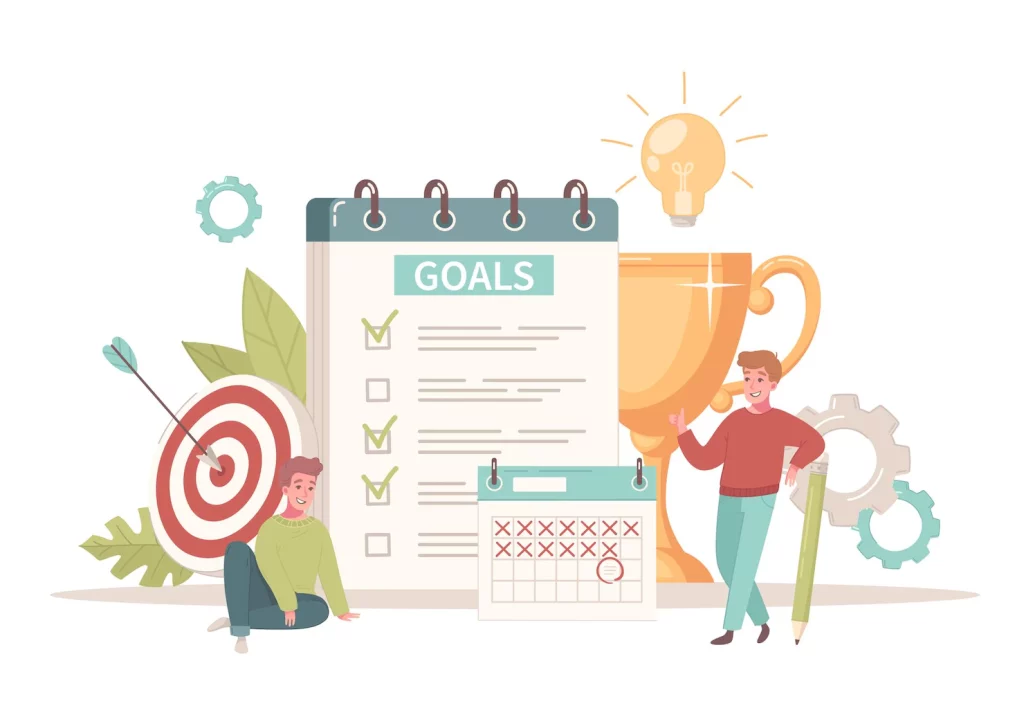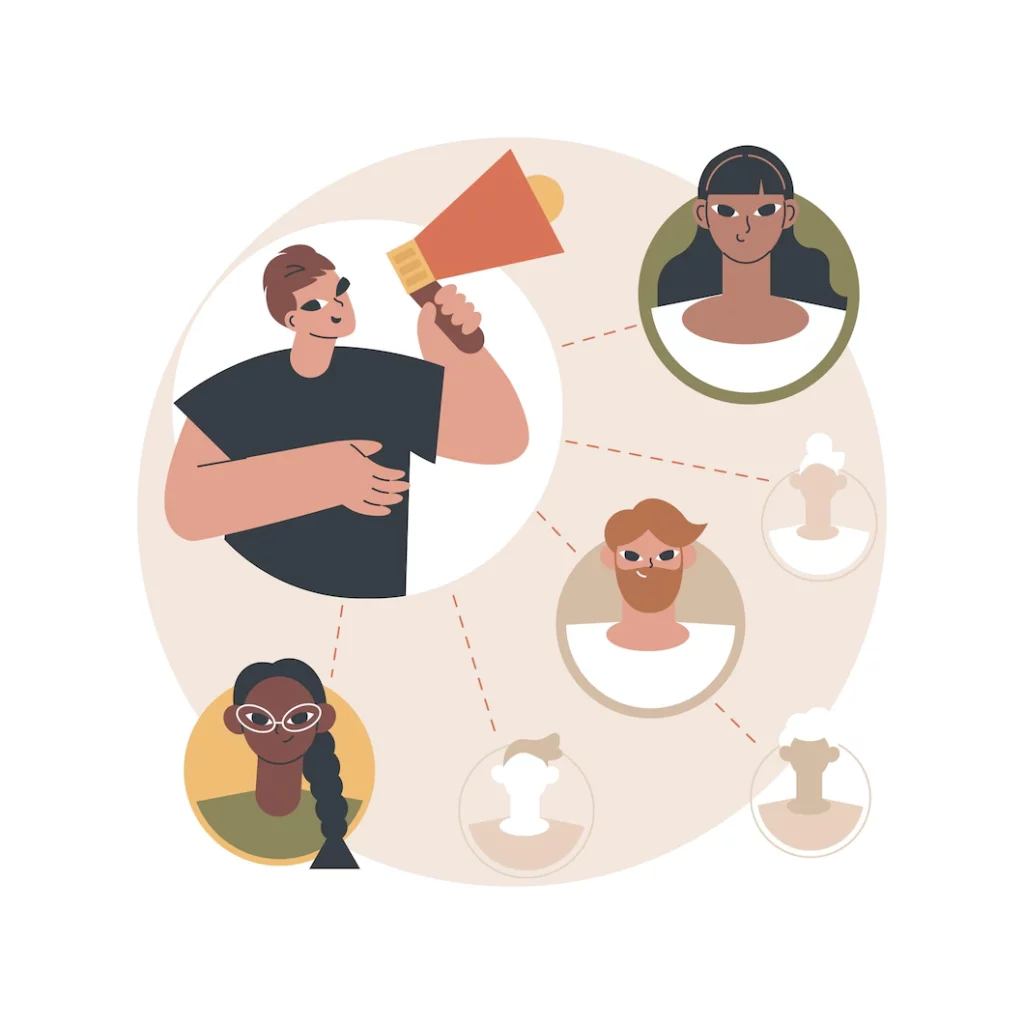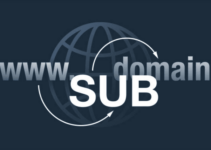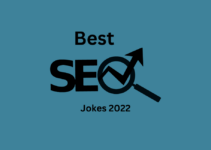If your business wants to succeed in the digital age, you need a strong landing page strategy. Landing pages are designed to capture leads and increase conversions, which means that they can be the difference between success and failure when it comes to online marketing. Let’s take a look at what makes up an effective landing page strategy.
Table of Contents
A Comprehensive Guide to Landing Page Strategies
Create Quality Content
The most important thing you can do when creating a landing page is to create quality content. This means writing content that is well-researched, informative, and relatively brief (no more than 500 words).
You should also incorporate visuals into your content such as images or videos as this will make it more engaging for visitors. Additionally, make sure that your content is optimized for search engines by incorporating keywords throughout.
Optimize Your CTA (Call-to-Action)

Your call-to-action (CTA) should be placed prominently on the page so that visitors don’t miss it. Make sure that the language used in your CTA is clear and direct; use phrases like “sign up now” or “learn more here.” Additionally, try to limit the number of CTAs on your page; too many options can be overwhelming for visitors and will likely lead them away from taking any action at all.
Test Your Page
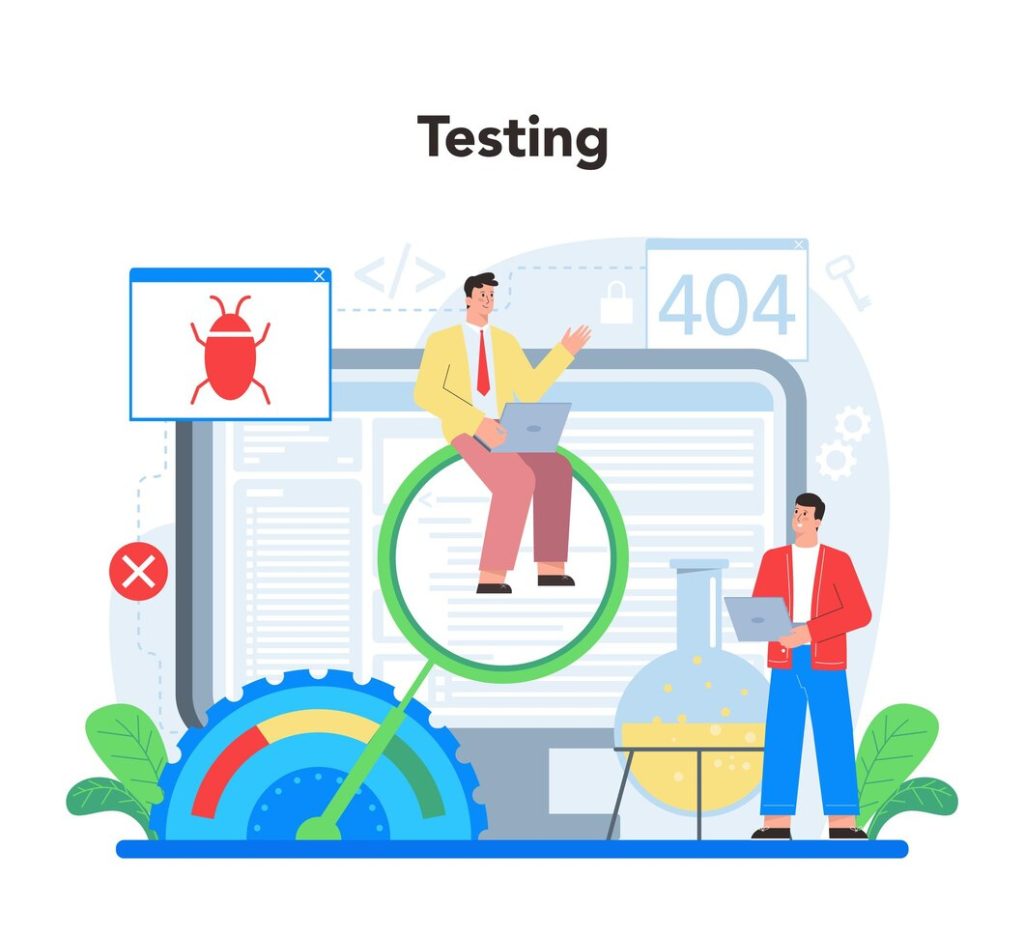
Once you have created your landing page and optimized it with keywords and CTAs, it’s time to test it out! Try using different variations of headlines or images to see which one performs better with visitors.
You could also experiment with different types of CTAs or wording in order to see which one yields higher conversion rates. Testing is essential in order to find out what works best for your particular audience so don’t skip this step!
A/B Testing
A/B testing involves creating two variations of the same landing page and then comparing the results to see which version performs better. A/B testing is essential for optimizing your web pages for maximum performance.
It allows you to tweak small elements such as font size, color, imagery, or layout until you find what works best for your target audience. The more data and insights you have on hand, the better able you are to identify which changes yield the best results.
Analytics Tools
Analytics tools provide valuable insight into how people interact with different aspects of your landing page—from what links people click on most often to how long they spend scrolling through different sections of text.
Having access to analytics tools allows you to track user behavior so that you can make necessary adjustments if needed in order to improve the overall performance of your website pages.
This helps ensure that visitors remain engaged with what’s being presented on each landing page and increases the likelihood that they will take some form of desired action (such as making a purchase).
Establish Your Goals
The first step in creating your landing page strategy is establishing what you want to achieve. Are you looking to increase conversions, generate leads, or boost sales?
Knowing your goals will help you craft the right message and design for your landing page. It will also help you determine which metrics are most important when analyzing the effectiveness of your strategy.
Choose the Right Design

Your landing page should be visually appealing and easy to navigate. It should also provide visitors with clear instructions on what they should do next (i.e., click here or sign up).
You’ll also want to make sure that all of the elements on the page are optimized for mobile devices since more people are browsing the web from their phones than ever before. Using high-quality visuals and videos can also help capture attention and increase conversions.
Understand Your Audience
The most important part of creating an effective landing page strategy is understanding who your target audience is and what they are looking for.
You must know who you are targeting so that you can create content that speaks to them directly and meets their needs. It’s also important to understand what type of content will be most appealing to them. This could include videos, images, or text-based content depending on the nature of your business.
Also, Read:
- LeadPages Coupons, Discounts & Promo Codes (100% WORKING)
- Leadpages Review: Why This Landing Page Software is Awesome?
Conclusion: Guide to Landing Page Strategies
Creating an effective landing page strategy doesn’t have to be complicated if you know what elements are necessary for success. Start by creating quality content that is optimized for search engines, then focus on optimizing your call-to-action so that visitors know exactly what action they need to take.
Finally, test out different variations of headlines, images, and CTAs until you find one that resonates with your audience. With these tips in mind, you’ll be well on your way toward creating an effective landing page strategy!
Some Useful Videos:
The Anatomy Of A High Converting Landing Page | Conversion Rate Optimization Tips

